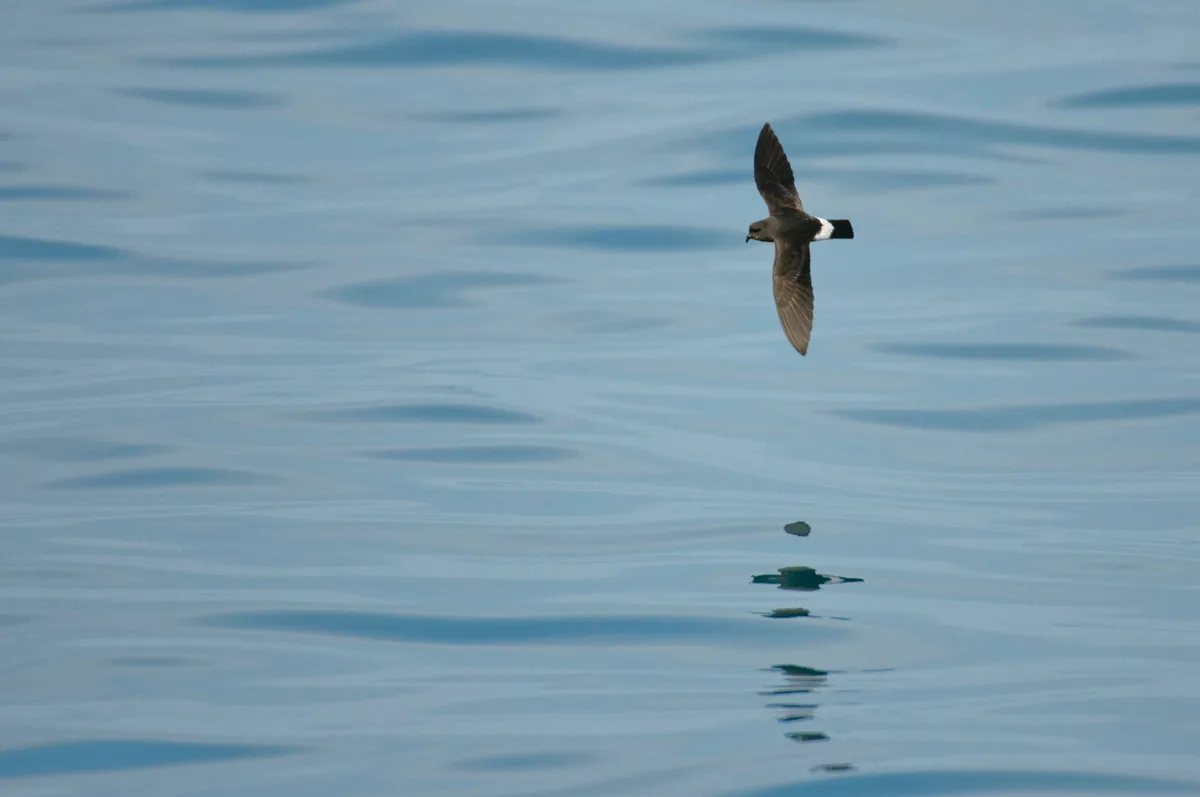The Shiant Isles Recovery Project has recorded the first European storm petrel on the islands, having worked over the last four years to make these islands a safer place for Scotland's globally threatened seabirds to breed.
Storm petrels have previously been unable to breed successfully on the Shiants due to their vulnerability to the island's predatory species – invasive non-native black rats. However, these were eradicated over the winter of 2015–16 and the islands were officially declared free of rats in March of this year.
“The tiny, vulnerable peeping of the storm petrel chick was one of the most optimistic sounds to have been heard on the Shiants in living memory,” says Adam Nicolson, Shiant Isles custodian and writer.
“This is only the beginning. At a time when the news from the natural world is consistently dire, this is a small move in the other direction, and one which carries within it, at least some hope for a better future.”
Following the eradication of black rats from the Shiants, the project has been working to attract storm petrels to breed on the islands.

The small birds are slightly bigger than sparrows and only breed during summer. Scotland's populations are internationally important, but currently nest at only a few offshore islands because of the presence of ground predators at other potential sites.
Throughout the summer of 2017, calling storm petrels were recorded on the Shiants for the first time. The distinctive "churring" call was heard from burrows, giving a strong indication that the birds were attempting to breed. However, no chicks were recorded, so it was unclear whether the storm petrels had been successful in hatching a chick.
The project played an artificial call of an adult storm petrel outside the suspected burrow nest site to record the chick's reply call and confirm its presence. The successful result – an audible reply – has been a delight for all involved.
"It's fantastic that this storm petrel chick has been recorded on the Shiants,” says Dr Charlie Main, senior project manager.
“We've strong hopes for the future that more storm petrels will breed here and a colony will be established. This one chick is incredibly special to everyone who has been involved in the project since 2014; it means that all the work we've been doing to make and keep these islands free of invasive predators is paying off."
Black rats and their eradication from the Shiant Isles
Black rats were thought to have arrived on the Shiants from an 18th century shipwreck, where they then proceeded to occupy the main islands. In April 2012, it was recorded that there were an estimated 3,600 rats on the islands, and this number increased significantly during the summer months when there was more food available.
Known for consuming seabird eggs and chicks, their presence was thought to be affecting the productivity of ground nesting species and discouraging species such as the European storm petrel from breeding there.
The eradication took place during the winter when rat numbers were at their lowest, due to limited food availability. Rodenticide contained in bait stations across each of the Shiant Isles was used to eradicate the invasive species - it took more than four months to complete.
Black rats can be found in localised areas of British mainland, with populations being particularly drawn to ports and port cities, such as London and Liverpool. However there has been a decline in their numbers due to the arrival of brown rats, which are much larger and often outcompete them.